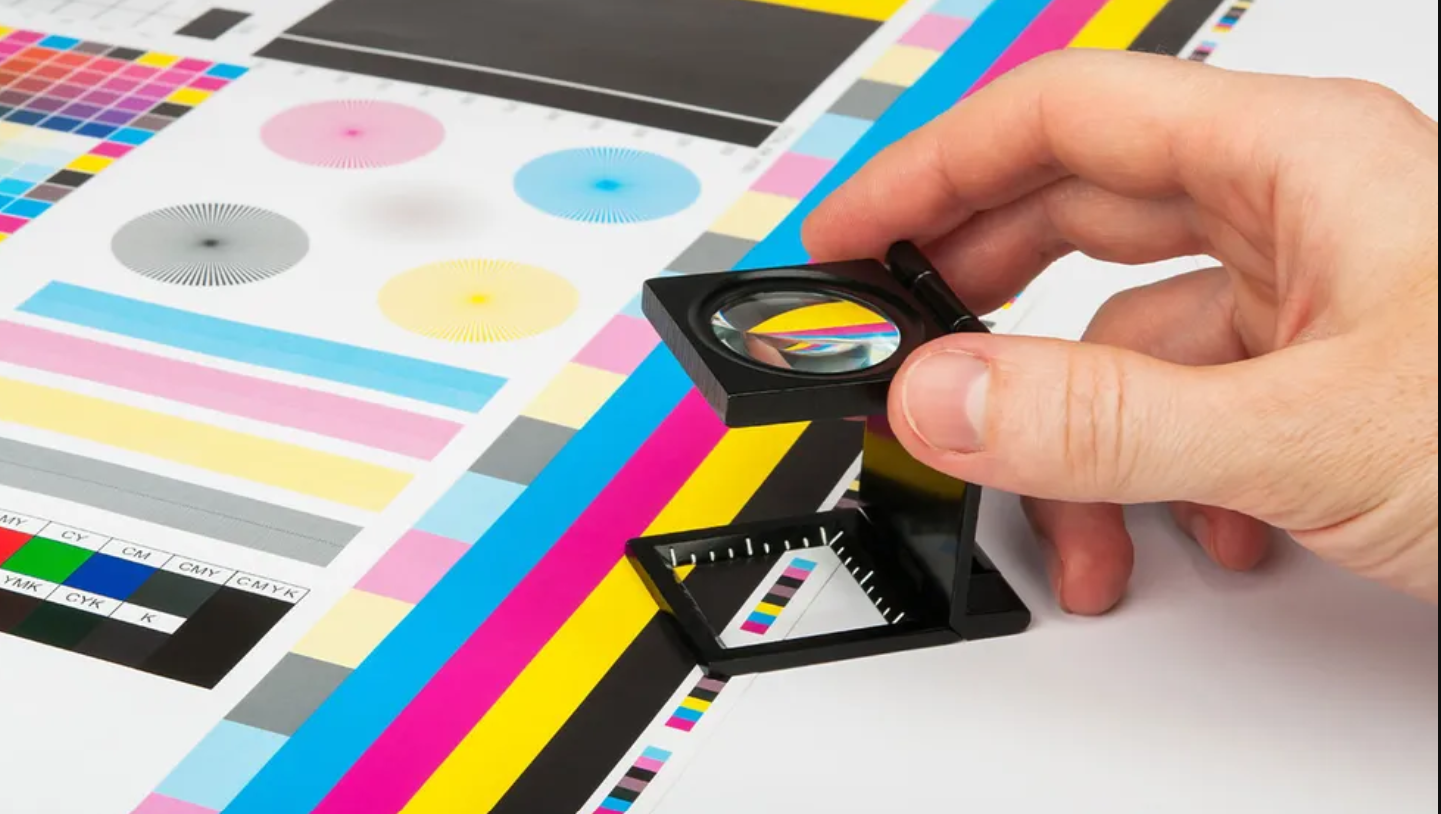Plotters are key in industries where high-quality, large-format prints are essential. However, types of plotters differ significantly in the quality they deliver, depending on their technology, speed, and precision. Understanding these differences can help you choose the plotter that best suits your needs. Here, we’ll explore the impact of various plotter types—inkjet, laser, pen, and thermal—on print quality to guide your decision.
1. Inkjet Plotters: Vibrant Colours and Detailed Imagery
Inkjet plotters are highly regarded for their superior colour accuracy and ability to produce detailed images. Using fine nozzles to spray tiny droplets of ink, these plotters can create smooth colour transitions and sharp lines, ideal for high-quality, visually rich prints.
Impact on Print Quality
Inkjet plotters deliver impressive print quality, especially for designs that require vivid colours and fine details. They are ideal for architectural renderings, posters, and any print material where precise colours and gradients are critical. The colour quality of inkjet plotters is unmatched by other plotter types, making them perfect for creative and visual projects. However, their slower speed compared to laser plotters can be a consideration if you need fast output.
2. Laser Plotters: Sharp Lines and Efficient Output
Laser plotters are known for their speed and efficiency, especially in producing clear, high-contrast monochrome prints. They use laser technology and toner, which creates crisp lines and sharp contrasts, making them popular in engineering and technical fields.
Impact on Print Quality
Laser plotters excel in producing sharp, black-and-white prints that are easy to read and professional-looking, which makes them perfect for technical drawings, blueprints, and schematics. However, they are not as effective for producing vibrant colours or gradients as they are primarily suited for monochrome work. Laser plotters provide reliable results without compromising speed if you focus on fast, clear, and accurate line work.
3. Pen Plotters: Precision for Line Work and Technical Drawings
Pen plotters take a different approach to printing. They use a mechanical arm with a pen to draw directly onto the media. This precise method allows for detailed line work that’s highly valued in technical and engineering applications.
Impact on Print Quality
Pen plotters deliver some of the most accurate line-based images, perfect for blueprints, circuit diagrams, and any print that relies heavily on clarity inline placement. While their print quality for line work is excellent, pen plotters lack the capability for colour shading and gradients, as each line must be drawn individually. They also operate at a slower pace, which can be a limitation for high-volume tasks but is ideal for highly detailed line-focused prints.
4. Thermal Plotters: Durable Prints for Outdoor Use
Thermal plotters apply heat to transfer dye or wax-based ink onto the media. This method makes the prints durable and resistant to environmental factors, which is essential for applications requiring long-lasting prints, such as outdoor signage.
Impact on Print Quality
Thermal plotters produce durable, weather-resistant prints, although their colour range is usually limited. They focus more on functionality and durability than on producing vivid or high-resolution images. As a result, thermal plotters are best suited for industrial applications where print longevity is essential, such as construction signage and maps exposed to outdoor conditions. Their print quality is practical but may lack the detail and colour depth required for visually intensive projects.
5. Multifunction Plotters: Balanced Quality for Varied Tasks
Multifunction plotters combine various functions, such as printing, scanning, and copying, into one device. They are versatile and practical for businesses that need different tasks handled by a single machine, although they may not match the print quality of dedicated plotters.
Impact on Print Quality
Multifunction plotters offer decent print quality for general office and design work, making them suitable for environments requiring a range of document handling options. However, because they aim to balance multiple functions, they may compromise on certain aspects of print quality. A dedicated inkjet or pen plotter may be more effective for high-resolution colour work or precise line details. Multifunction plotters are best for companies that value versatility but may not need specialised print quality.
6. Cutting Plotters: Precision Cutting for Creative Projects
Unlike other plotters that print images, cutting plotters are designed to cut shapes from materials like vinyl, fabric, and cardstock. Although they don’t directly affect print quality, they add value by providing precise cuts for designs that require physical detailing.
Impact on Print Quality
Cutting plotters don’t contribute to image print quality but instead offer precision in cutting, which is beneficial for projects that require custom shapes and patterns. They are widely used in signage, fashion, and creative industries where detailed cutouts are essential. While they don’t produce printed images, cutting plotters enhance the overall presentation quality of designs that need precise physical shapes.
Selecting the Right Plotter Based on Print Quality
When choosing a plotter based on print quality, consider the unique characteristics of each type to find one that aligns with your needs:
- For High-Resolution Colour: Inkjet plotters are ideal for projects requiring vibrant, detailed colour prints.
- For Fast Monochrome Prints: Laser plotters deliver speed and sharp contrast, which is ideal for technical drawings.
- For Detailed Line Work: Pen plotters provide unparalleled accuracy for line-based projects.
- For Durability: Thermal plotters are best for outdoor applications that need weather-resistant prints.
- For Multifunctional Needs: Multifunction plotters offer a balance of quality and versatility for varied tasks.
In conclusion, understanding how different plotter types affect print quality can help you choose the best tool for your projects. With various types of plotters offering unique benefits, from inkjet’s vibrant colour depth to the durability of thermal prints, selecting the right plotter ensures that your prints meet the highest standards. Whether you need sharp monochrome drawings, highly detailed line work, or durable outdoor prints, each plotter type has its strengths, helping you achieve professional results tailored to your needs.

